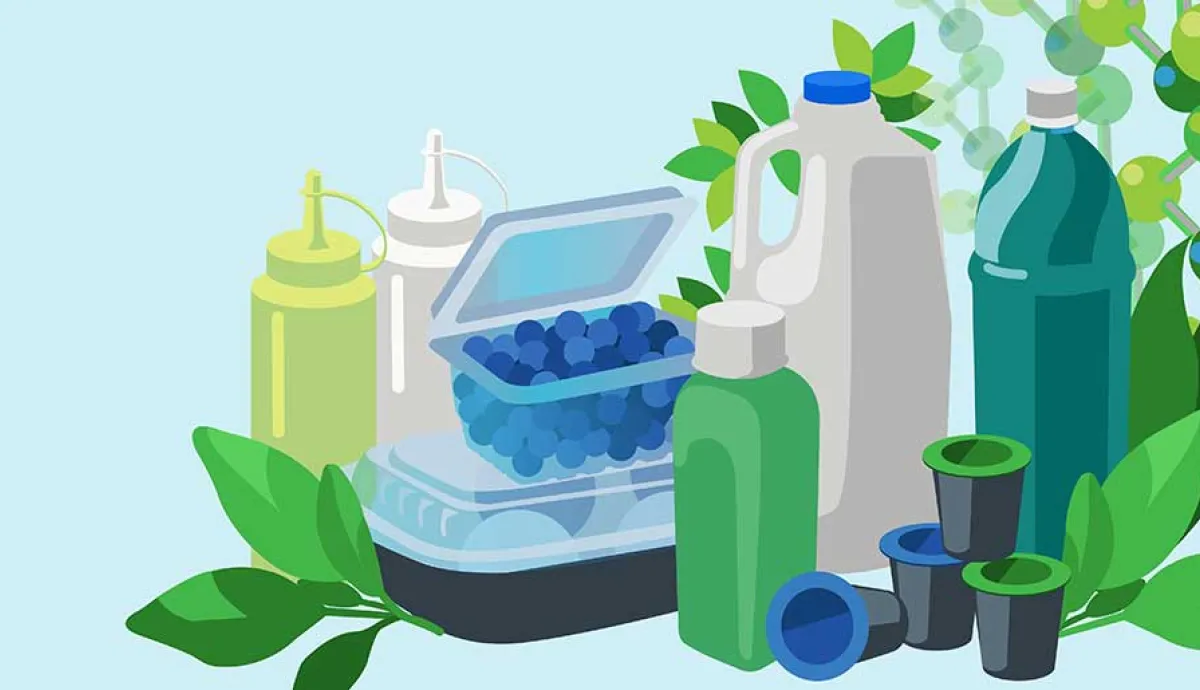A Guide to NIAS: Prioritizing Safety and Sustainability in Plastic Food Packaging
What is NIAS?
NIAS stands for Non-Intentionally Added Substances. NIAS may be unintentionally introduced into food contact materials at any point during the manufacturing, processing, or storing stages and can originate from various sources. Typical sources are impurities in raw materials, reaction by-products, contaminants from processing equipment, or degradation products. NIAS are of concern because they may potentially migrate from the packaging material into the food. The potential impact of NIAS to consumer health is a concern and forms the basis for regulatory standards.
Meeting Regulatory Requirements
The plastics industry faces the challenge of complying with several new regulations, such as the European Union's mandate for increased use of recycled materials in plastic packaging. Regarding product safety, this particularly affects recycled resins intended to come into contact with food and beverages, such as recycled PET (rPET).
According to Article 3 of Regulation (EC) No 1935/2004, a risk assessment of IAS & NIAS is required on all materials and articles intended to come into contact with food to ensure that they do not transfer their constituents in quantities that could:
(a) endanger human health;
(b) bring about an unacceptable change in the composition of the food;
(c) bring about a deterioration in the organoleptic characteristics thereof.
To enable the safe introduction of rPET in these applications, it is vital to detect, quantify, and assess any NIAS using advanced analytical techniques to ensure compliance with regulatory standards. The food packaging producer accepts the responsibility to assess all substances that might possibly migrate from the packaging material into the food; to support this obligation, it is important for all companies in the supply chain to actively identify, quantify, and mitigate the presence of NIAS of concern to ensure the safety and quality of their products.
Unearthing Hidden Substances
Analysis of raw materials and additives to actively identify and quantify any NIAS or hidden substances is essential to ensure the safety and quality of consumer products.
Companies need robust testing protocols that consider all species that can migrate into the beverage or foodstuff. Testing for NIAS helps identify and then creates an opportunity to reduce or remove any potential risk, improving the safety and quality of packaging materials used throughout the food and drink industry. Comprehensive NIAS testing requires a combination of analytical techniques and methodologies to accurately identify and quantify the presence of these substances in food contact materials.
Methods selected must provide comprehensive analytical coverage of NIAS and enable identification and quantification at concentrations where consumer exposure might be a concern. The most commonly applied analytical techniques that are used to fulfill this criteria are gas chromatography (GC) and liquid chromatography (LC), typically combined with high-resolution mass spectrometry (HRMS).
Gas chromatography is used to separate volatile and semi-volatile substances, whereas liquid chromatography allows the separation of low or non-volatile species. Detection and confident identification are achieved through the use of high-resolution mass spectrometry. These techniques represent the current industry standard for all non-targeted screening analyses and are the base for a well-founded risk assessment.
Risk assessment is a critical component of NIAS testing. It involves evaluating the potential health risks associated with the identified NIAS based on available toxicological data and exposure assessments.
Collaboration and Innovation
A commitment to safety, sustainability, and innovation is best achieved through collaborative efforts. All parties in the packaging value chain should actively engage with industry leaders, regulators, and consumers to shape the future of packaging. By fostering these partnerships and proactively mitigating potential risks, food contact products, consumers, and the environment can be protected more efficiently. Contact us today to learn more about Avient's proactive approach to NIAS and how it can benefit your packaging practices.

